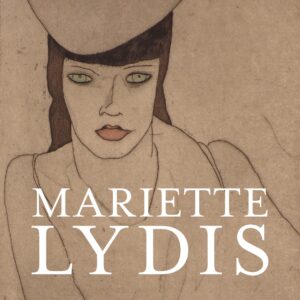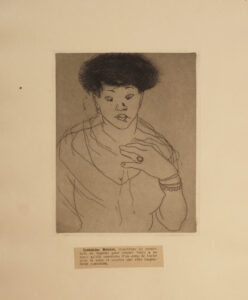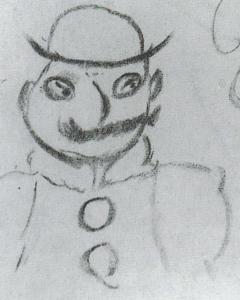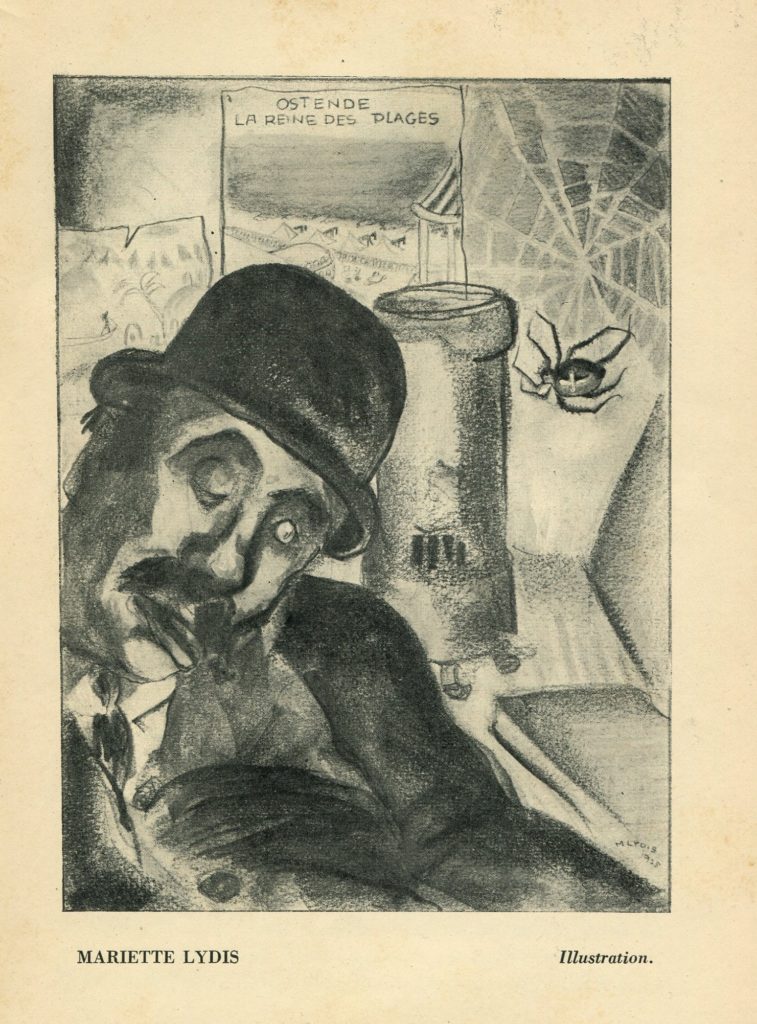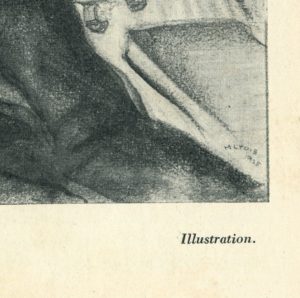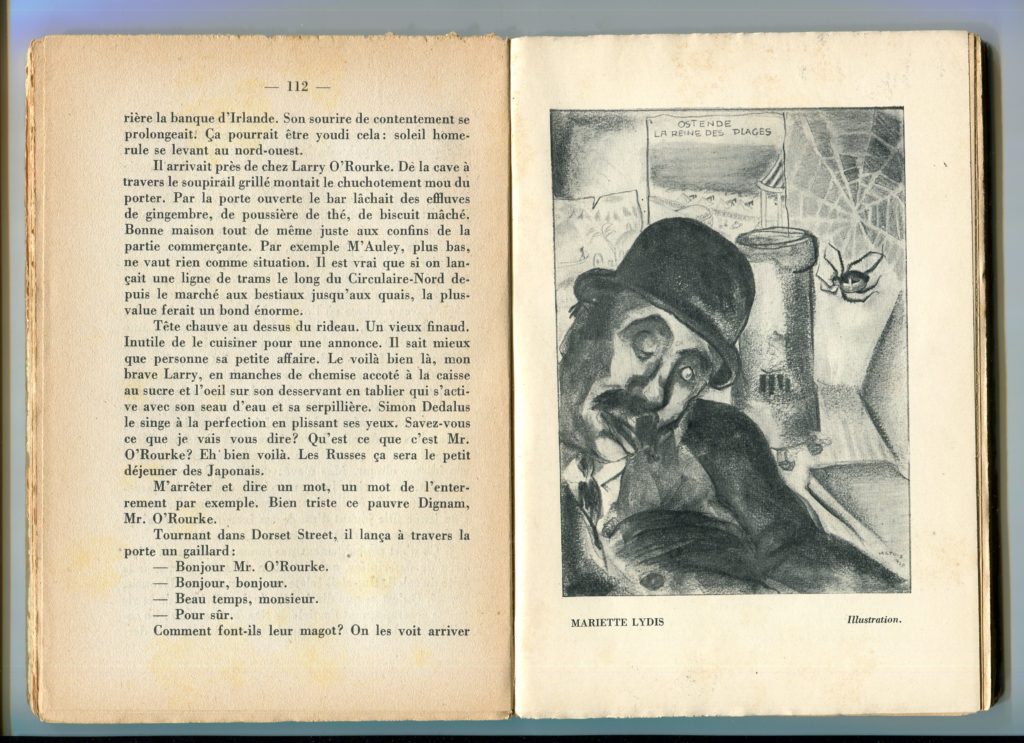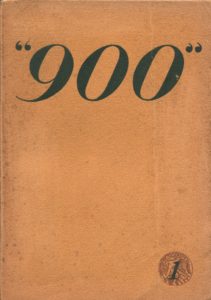As a fearless artist at the height of her powers in the 1920s Mariette Lydis is as much an artist for the 2020s . We are proud to be assembling a comprehensive collection of her early books, prints and drawings in London, for the first time. You can see the largest collection of her books ever publicly exhibited, from 2-13 October 2023 (12-6 pm) at 14 Mason’s Yard, St James’s, London, SW1Y 6BU. A full-colour catalogue will accompany the show.
Mariette Lydis rarely appears in standard works of art history — a familiar fate of artists who were women and who chose to illustrate books.
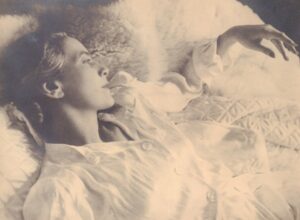
Criminelles 1927
Lydis’s career spanned the middle years of the twentieth century and intersected with several well-known figures of European modernism. Exhibiting in Europe, England and the United States in the twenties and thirties, she was reviewed in the company of Tamara de Lempicka and Marie Laurencin and achieved both success and notoriety. With artist’s books like Lesbiennes (1926) and Criminelles (1927) she provoked strong reactions.
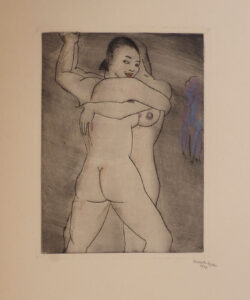
‘More than one Parisian critic hailed Mariette Lydis as an angel, whilst others would burn her as a witch’ one commentator wrote at the time. Lydis never subscribed to the formalities of -isms but her work spanned Austrian Seccessionism, German Expressionism and French Surrealism and Abstraction.
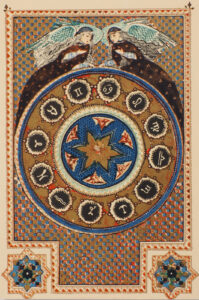
Born Marietta Ronsperger in 1887 to a prosperous Jewish family in Vienna, the artist’s early life was spent in progressive circles, though painfully little has been discovered of its details. It is tempting to see her origins as comfortable, but certain details of her later family life suggest that material circumstances were not the only key to her art. Her sister, an opera librettist, committed suicide in Florence in 1921, while her brother’s mental illness led to his permanent committal to an asylum. The sense of displacement and disorientation typical of the post-Great War ‘Lost Generation’ is discernible too in Mariette’s restless travels from Vienna to Athens, Italy, Berlin, North Africa and to Paris, the city she described as ‘the heart of Europe and the only place where it is possible to forget the brutality of men.’
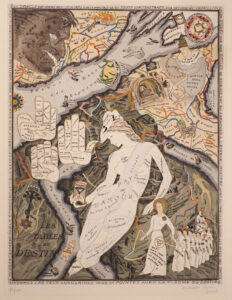
Marietta had renounced her Jewish identity and her name in 1910 on marrying a Catholic Viennese businessman, Julius Koloman Pachoffer-Karny. She was to marry twice more, once to a Greek shipping entrepreneur, Jean Lydis (1917) with whom she lived near Athens and again to Giuseppe conte Govone (1934) an important patron and her partner in publishing several books. By the time of her marriage to Govone, the couple were confirmed in their fluid sexualities and lived openly as such in the libertarian atmosphere of twenties and early thirties Paris. Lydis is habitually described as a bisexual or lesbian artist, but that is to reduce her art to no more than a convenient shorthand.

Mariette Lydis exhibited in London’s St George’s Gallery in 1928 and this contemporary review gives a flavour of her work and its context:
‘In less than two years, by two exhibitions, the last at the Galerie de l’Art Contemporain, she has won the great admiration of Paris. Four of her pictures have been bought by the State. Yet she owes nothing to French art or to any art save perhaps Byzantine or Japanese. Her work shows evidence of temperamental rather than technical influence, of the Greece of Sappho and Sophocles; and of Freud.
There is a ring of those
‘…born to strange sights
Things invisible to see,’ [John Donne]
to which Mariette Lydis belongs. Dante, El Greco, St. Teresa, Blake, Dostoievski, Hoffmann, Rilke, Odilon Redon are her kinsfolk. Her versatility is bewildering: fascinating animals, portraits, strange visions like the Revenants … spirits of children, girls and women, women saints and women criminals (with almost similar expressions, thus stressing the resemblance between the aspects of different psychical states), illustrations of the ‘Koran’, ‘Le Jardin des Supplices’, ‘Goha le Simple’, and works of Mac Orlan, Carco and Delteil. One goes from her exhibitions as from the cave of a magician who has complete mastery over colour, form and spirit. One searches in vain for something to condemn. The only legitimate reproach could be that she is too ‘cerebral’. Yet in each of her pictures the subject may be ignored. The painting alone satisfies; emerald green, red, blue, copper, black and gold lavishly used, and the drawing, too, vigorous or delicate …
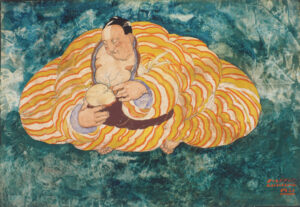
More than one Parisian critic (Francis de Miomandre, Henry Jacques and Delteil) hailed Mariette Lydis as an angel, whilst others would burn her as a witch. Whichever she be, she is certainly a rare thing in art; a woman painter who follows no one, with much to say that is really worth saying’ (Thyra Clark, Artwork, 1928).
Mariette Lydis has recently featured prominently in the best-selling novel by Argentine author María Gainza, translated as Portrait of an Unknown Lady (Penguin 2022). We look forward to bringing her to a wider audience in the English-speaking world.
Justin Croft

